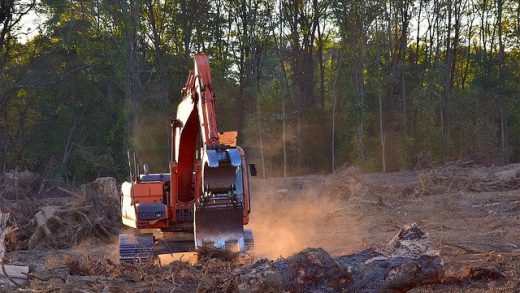As people realize it is possible to get disability support services relief without using dangerous painkillers and exercises for sciatica, they are becoming more popular. Exercises are safer than painkillers because they don’t cause the same side effect. The main reason that exercises for sciatica gain popularity is the fact that they can easily be done from anywhere, any time of the night or day. This is a major advantage over traditional pain-relief methods, such as painkillers that must be taken before bedtime.

Exercises For Sciatica
The butterfly stretch is one of many exercises that can be done to ease NDIS Ringwood. Your legs should be crossed so that your opposite hand is in the “up”. Your thumb tips and palm should be facing outwards. Switch your legs and place your opposite hand in the down position. Next, switch your legs so that your palm is in the down position. Continue the process until you feel satisfied.
Exercises For Sciatica
The benefits of this stretch when it comes to sciatica pain relief are obvious. You can do the stretch anywhere, on any level you are comfortable, and without disability support services. It can even be performed while sitting at your desk! You can do some stretches even while you’re at your desk. If you can switch legs while keeping your thumbs extended, you can do a Butterfly Stretch.
Exercises For Sciatica
Flexibility is another benefit of these types of stretches. They can increase mobility in joints, tendons, and muscles, which can lead to pain relief. Sciatica can be treated with the forward bend. This is when your back is straighten but your knees bend. Another stretch is called the pelvic tilt. This involves pulling your abdomen towards your chest while your pelvic bones tilt forward towards the chest. These stretches provide great sciatica relief.
Exercises For Sciatica
These stretches can be done by switching legs. Place one leg in front the other, hips apart. Switch legs and then bring your other knee to your chest. Then, move your trunk by gently rotating your trunk and bringing your other knee up towards your chest. You can repeat this two-step stretch several times to stretch your back.
The hamstrings stretch is a great exercise for sciatica pain relief. Standing with your feet shoulder width apart, your arms at your sides, and your legs straight out, place your hands on your hips. Place your hands under your shoulders, palms facing upwards. Gently rotate your trunk towards your feet while keeping one leg straight. To stretch your hamstrings, ensure that your hands are in front of your body. Let your body do most of the work by bringing your hips toward your legs.
The forward lunge, which is a great way to stretch your sciatica, is also a good option. Keep one leg straight and the other forward. Slowly move your body towards the point where your leg and thigh meet. You can also hold onto a chair or a bench for support as you do this.
You can do exercises for sciatica individually or in groups, such as the forward lunge and hamstring stretch. When doing these exercises, it’s best to do them regularly and in short sessions, such as 20 minutes at a time. You will keep your muscles in shape by exercising them on a daily basis. You can also eliminate sciatica pain with stretching exercises.
One other easy sciatica exercise is the mountain climber. This exercise targets your lower back but you can also use your legs to climb up to the top. Start by lying flat on the back with your knees bent. Keep your feet flat and your arms crossed over your chest.
Next, lift one foot up and lower the other. Keep your leg elevated and slowly lower it to the starting position. Slowly and steadily lower your knee until it is no longer painful. For a few seconds, hold that position before moving on to the next leg.
An additional great exercise for the back is the cat stretch. As the name suggests, this exercise stretches the side of your legs and the back of your torso. Start by lying flat on one side with your hands flattening on the ground. Slowly stretch your legs out and lift your body up towards the elevated position. Then, move one leg at a a time towards your opposite side.


